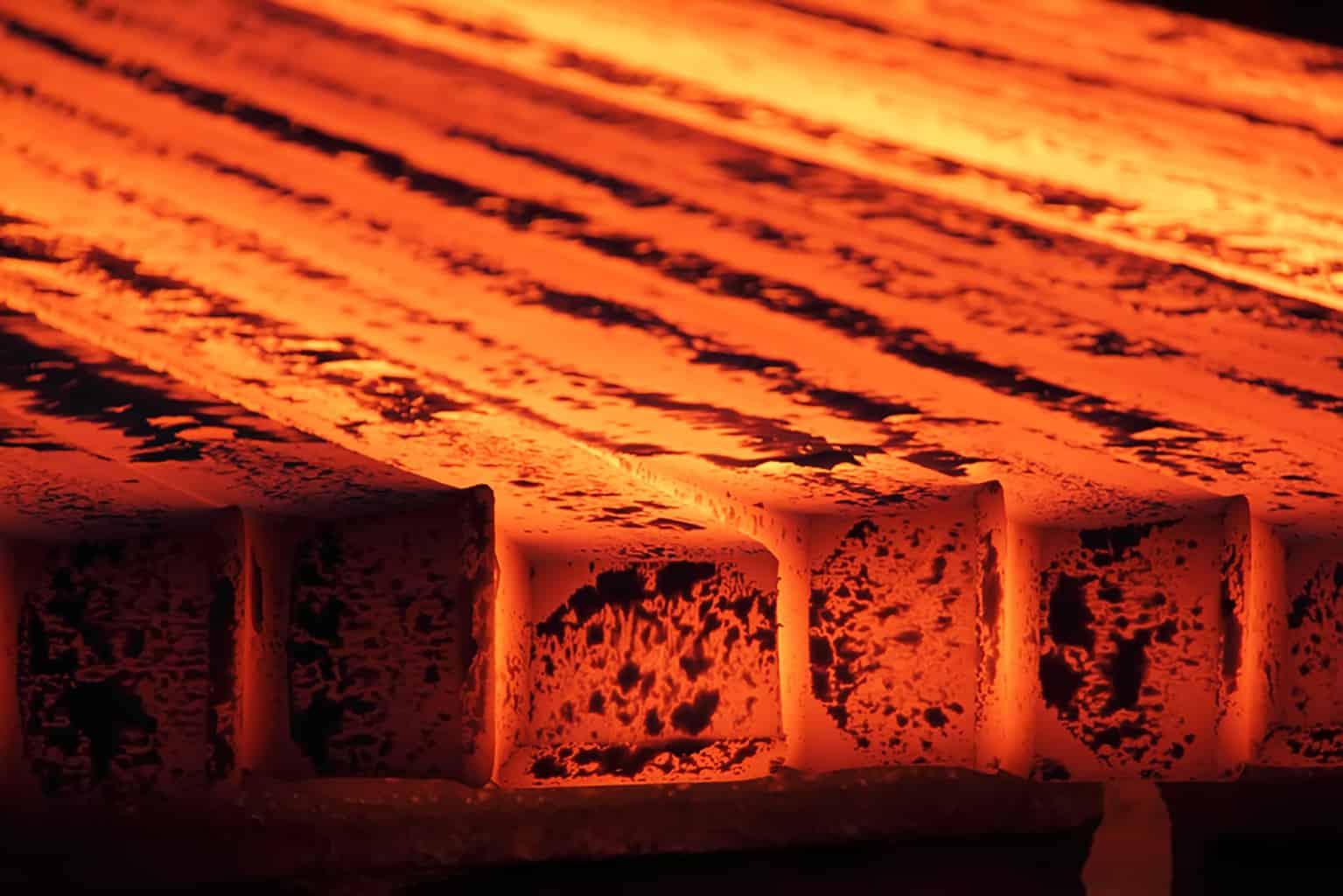Mastering Material Performance: The Science of Heat Treatment

Heat treatment is a fundamental process in material engineering that involves heating and cooling metals or alloys to alter their properties. This technique is widely used across various industries, including manufacturing, automotive, aerospace, and construction. By subjecting materials to controlled heating and cooling cycles, heat treatment can enhance their mechanical properties, improve their durability, and modify their microstructure to meet specific performance requirements.
The primary objectives of heat treatment are to:
Modify Mechanical Properties: Heat treatment can significantly change the mechanical properties of materials, such as hardness, strength, toughness, and ductility. By carefully controlling the heating and cooling process, engineers can tailor these properties to suit the intended application of the material.
Enhance Microstructure: The microstructure of a material, including grain size, phase distribution, and defects, plays a crucial role in determining its properties. Heat treatment allows for the manipulation of the microstructure, resulting in desired characteristics such as increased strength or improved corrosion resistance.
Improve Machinability: Certain Heat treatment processes can improve the machinability of metals, making them easier to shape, cut, and form during manufacturing processes.
There are several common techniques used in heat treatment, each serving different purposes:
Annealing: Annealing involves heating the material to a specific temperature and then cooling it slowly to room temperature. This process relieves internal stresses, softens the material, and refines its grain structure.
Quenching: Quenching rapidly cools the material after heating, typically using water, oil, or air. This rapid cooling hardens the material by trapping atoms in a specific crystalline structure, resulting in increased hardness and strength.
Tempering: Tempering is often performed after quenching to reduce the brittleness of hardened materials. The process involves reheating the material to a lower temperature and then cooling it, which helps to improve toughness and ductility while maintaining a desirable level of hardness.
Normalizing: Normalizing is similar to annealing but involves cooling the material in still air instead of a controlled furnace atmosphere. This process produces a more uniform grain structure and improves the machinability of the material.
Case Hardening: Case hardening is used to increase the surface hardness of a material while maintaining a tough core. This is achieved by introducing carbon or nitrogen into the surface layer of the material through processes such as carburizing or nitriding.
In conclusion, heat treatment is a vital process in material engineering, allowing for the customization of material properties to meet specific performance requirements. By understanding the principles and techniques of heat treatment, engineers can optimize the performance, reliability, and lifespan of materials used in a wide range of applications.
- Art
- Causes
- Crafts
- Dance
- Drinks
- Film
- Fitness
- Food
- Jocuri
- Gardening
- Health
- Home
- Literature
- Music
- Networking
- Alte
- Party
- Religion
- Shopping
- Sports
- Theater
- Wellness
- Politics
- IT
- Relationship
- Blockchain
- NFT
- Crypto
- Fintech
- Automobile
- Faith
- Family
- Animals
- Travel
- Pets
- Coding
- Comedy
- Movie
- Joc
- Computer


